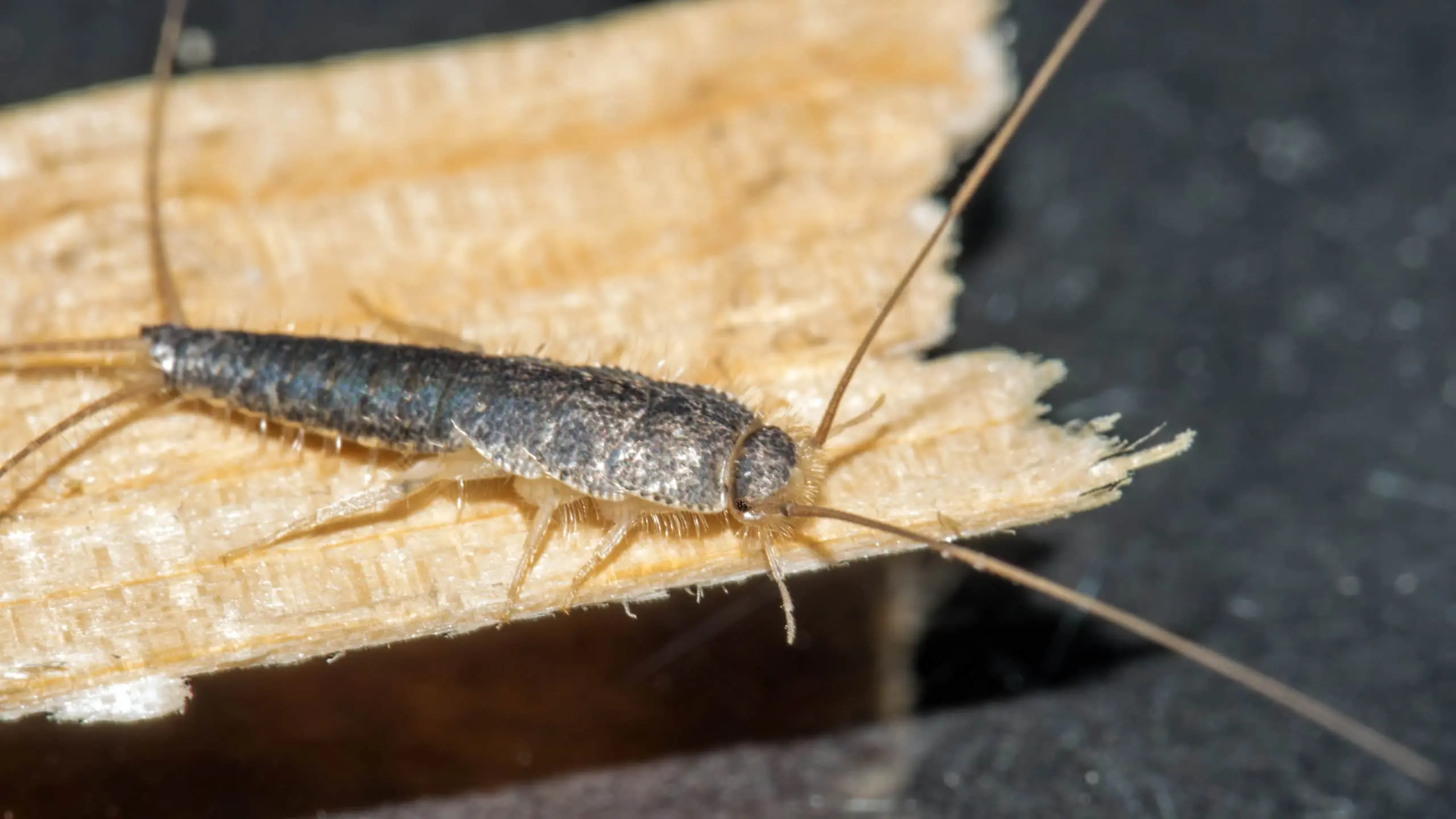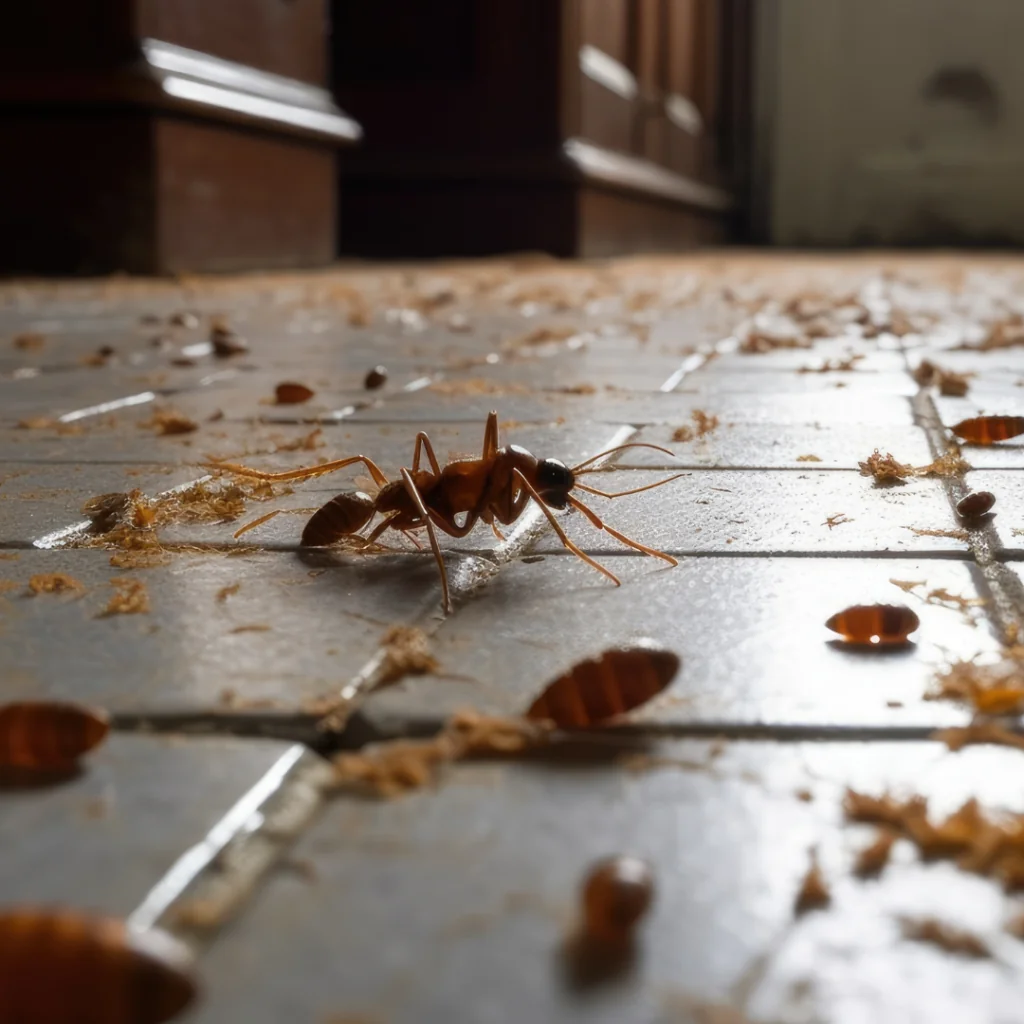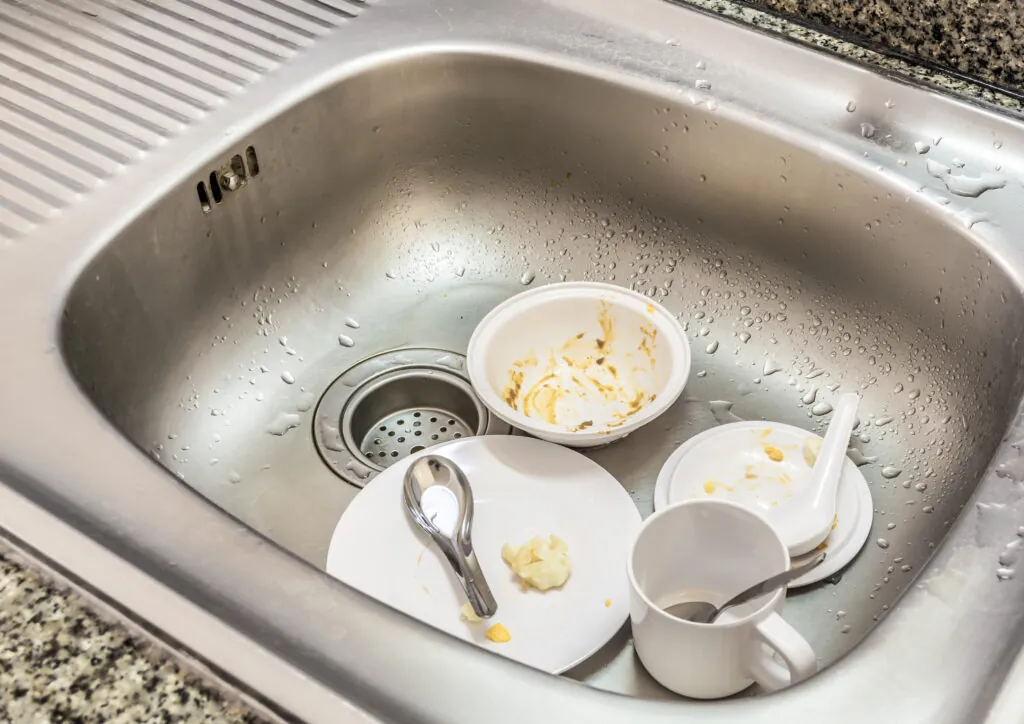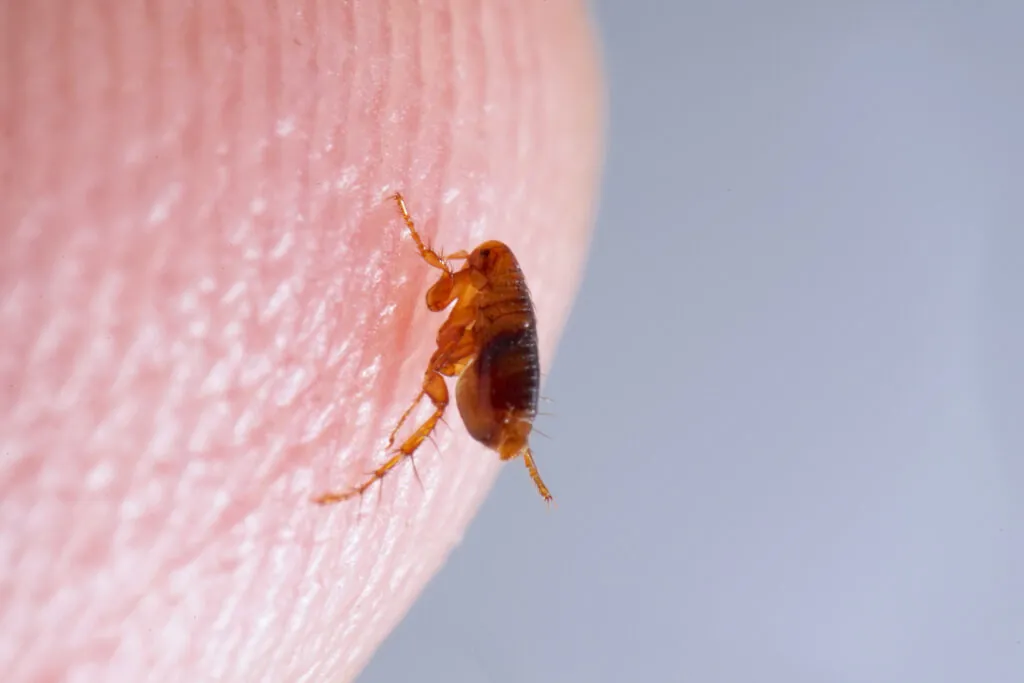
Silverfish, formally known as Lepisma saccharina, is a nuisance pest that is common in urban settings. They feed on many things you would commonly find in your home, such as paper, cardboard, and glue. Silverfish are gray or silver with pearlescent scales, which sounds more whimsical than this insect is in-person. With two long antennae, a wide head, tapered body, and three long bristle-like appendages on the rear of its body, silverfish are less than appealing. They are nocturnal insects, only coming out during daylight hours if they are disturbed or otherwise shaken from their resting spot.
Silverfish lay their eggs in clutches, or small clusters of eggs, usually between seven and twelve eggs per clutch. Generally, a silverfish can lay no more than 30 eggs at a time. If the temperature is below 71°F, the eggs may take up to 40 days to hatch, as compared to eggs laid in a climate of about 90°F which can hatch in under 20 days.
Unlike many other forms of insects, silverfish are generally recognizable throughout their lifecycle. Once hatched from their eggs, the immature silverfish resemble adult silverfish. They do not go through a cycle of metamorphosis as they mature, simply molting six or seven until they reach adult size of about 0.33 inches long. It typically takes about one year for silverfish to reach their full size. Once silverfish are fully-grown, they may continue to molt up to 66 times in their life, which could last up to four years.
Silverfish are quite sturdy, capable of going without food for up to an entire year. When they do feed, silverfish are partial to starchy snacks. Unlike humans with a hankering for starches like pasta and bread, silverfish opt for less delicious items such as glazed paper. However, items like sugar, vegetables, dried meat, and cereal fall into both human and silverfish diets. Silverfish will also eat some fabrics and insects, including other silverfish. In your home, they may feed on curtains, carpets, and other household linens, as well as the glue used to affix wallpaper or bind books.
As with many other insects, silverfish seek out and thrive in humid environments and prefer to dwell where it is often between 72°F and 81°F, making Florida one of the most desirable states for them to live. Because they can survive in temperatures far outside of their preferred range, the summer heat is unfortunately not enough to take them out on its own.
If you find yourself with a silverfish problem, an important first step is to try and remove as much moisture from indoor spaces as possible. Using dehumidifiers throughout the space where the silverfish set up camp is a good place to start. Adding in other measures such as frequent vacuuming, removing any standing water and paper products, and sealing cracks and holes, should also assist with the problem.
Unfortunately, these home remedies are not always enough to eradicate a silverfish infestation. In some cases, the use of pesticides will be the best option to reclaim your space from these creepy-crawlies. Give us a call to discuss how we can help you keep your space safe from nuisance pests.
Written using information from the University of Florida IFAS Extension (1, 2) and feedback from our in-house entomologists.



